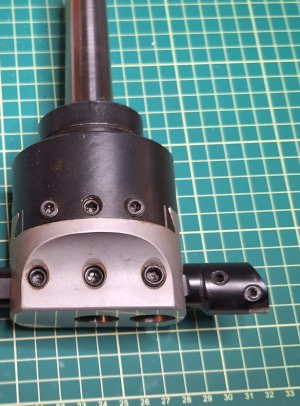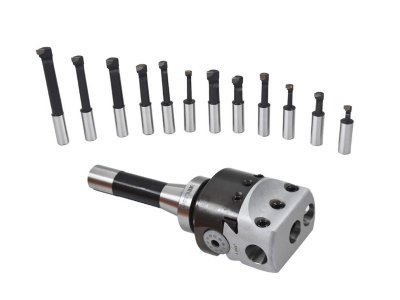- Joined
- Sep 28, 2022
- Messages
- 33
Never used closed loop, does the "loop close" by a positional feedback loop back to the driver or does this also impact the G Code as well?I used the 34's on my Bridgeport Boss CNC. Stepperonline has closed loop 1700oz-in (12Nm) 34s for about $80.
It has been plenty enough to shatter a 5/8" carbide endmill. And it'll do 100ipm in its sleep. Personally, that is to fast for me, but the incremental step-up was so cheap. How could I not. As a point of reference, BP shipped this mill with ~650oz-in open loop steppers that were twice as large and weighed three times as much.
Whatever you do, go with the closed loop.
EDITED- it appears the feedback is to the controller so will have to see what the implications are.
Last edited:



